Home>Garden Essentials>What Is The Status Of Green Space In Beirut
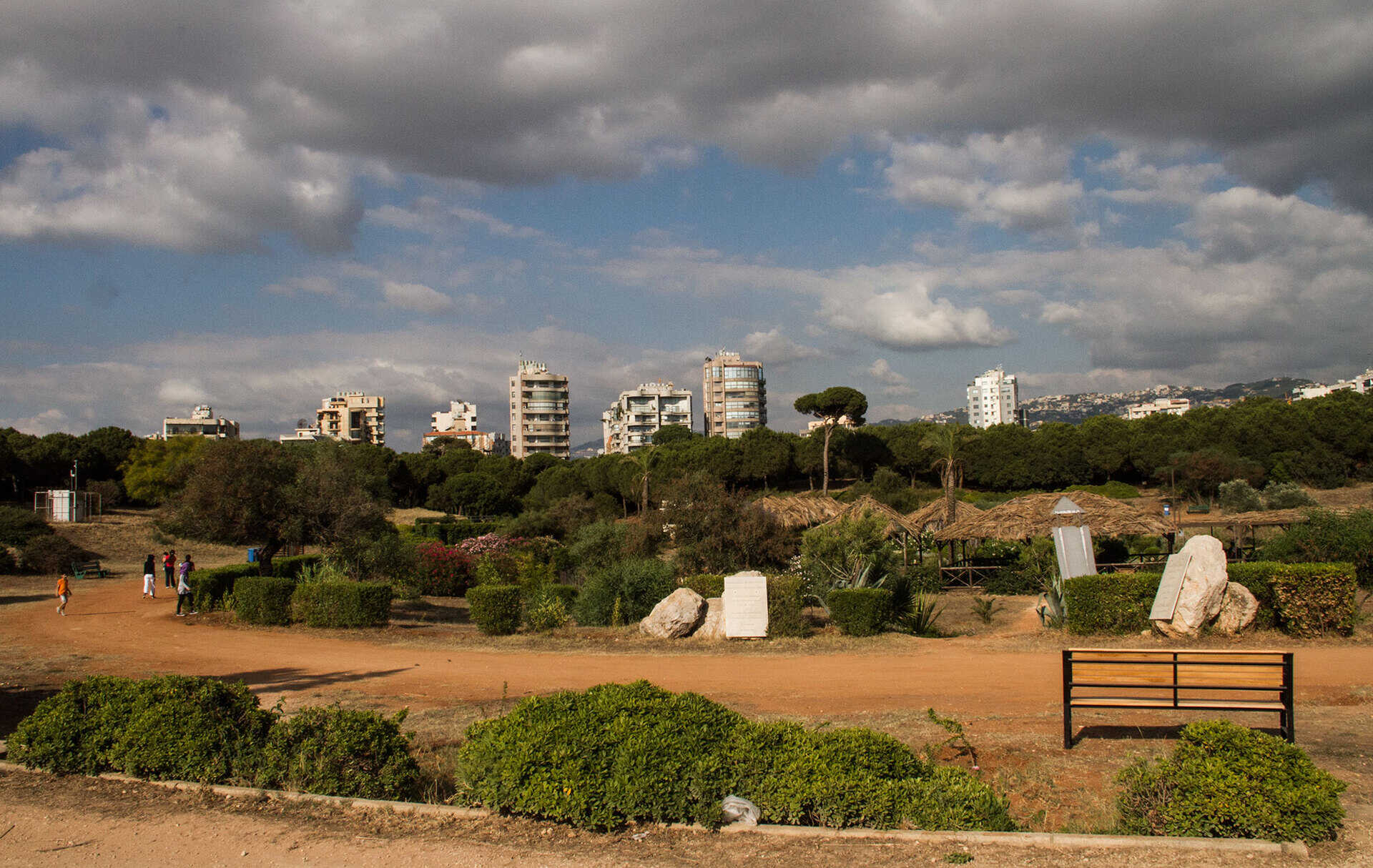

Garden Essentials
What Is The Status Of Green Space In Beirut
Modified: March 7, 2024
Discover the current status of green space in Beirut and the efforts made to create more gardens amidst urbanization. Learn how gardens are transforming the cityscape.
(Many of the links in this article redirect to a specific reviewed product. Your purchase of these products through affiliate links helps to generate commission for Storables.com, at no extra cost. Learn more)
Introduction
Welcome to the bustling city of Beirut, a vibrant metropolis located in the heart of Lebanon. Despite its reputation as a vibrant urban center, Beirut also boasts a rich history of green space that has played an integral role in the city’s development and sustainability.
The concept of green space refers to any area of land that is covered in vegetation, whether it’s a small park, a community garden, or even a rooftop garden. These green spaces provide numerous benefits to residents and visitors alike, from enhancing the aesthetic appeal of the cityscape to promoting physical and mental well-being.
Throughout history, green spaces have held a significant place in Beirut’s urban fabric. From the Roman gardens and Ottoman-era courtyards to the French-designed public parks, these green spaces have provided havens of tranquility amidst the bustling city.
However, the status of green space in Beirut is facing various challenges and threats in the modern era. Rapid urbanization, population growth, and a lack of proper infrastructure have resulted in the gradual disappearance of green spaces. As concrete jungles continue to dominate the cityscape, the need to preserve and enhance the remaining green spaces has become more crucial than ever.
Fortunately, Beirut is not without its champions of green spaces. Efforts and initiatives have been undertaken by various organizations, civic groups, and individuals to preserve and expand these vital urban oases. These endeavors aim to cultivate a sustainable and livable environment for residents and future generations to come.
In this article, we will delve into the history of green space in Beirut, explore the current challenges and threats faced by such spaces, discuss the efforts made to protect and enhance green spaces, and highlight the crucial role these spaces play in Beirut’s urban sustainability.
So, join us on this journey as we explore the status of green space in Beirut and discover the importance of preserving and nurturing these green havens in the heart of the city.
Key Takeaways:
- Beirut’s rich history of green spaces, from Roman gardens to French-designed parks, faces challenges from urbanization. Efforts to preserve and enhance green areas are crucial for a sustainable and livable city.
- Green spaces in Beirut play a vital role in urban sustainability, promoting biodiversity, improving air quality, and enhancing the well-being of residents. Collaboration and investment are key to creating a greener, healthier city.
Read more: What Is A Green Gable?
History of Green Space in Beirut
The history of green space in Beirut can be traced back thousands of years, with evidence of gardens and green areas in various civilizations that have called this city home. From the Roman era to the Ottoman rule and the French mandate, green spaces have always played a vital role in shaping the city’s landscape and providing respite for its residents.
During the Roman period, Beirut was known as Berytus and was home to extensive gardens and public spaces. The Romans understood the importance of green spaces in promoting well-being and creating a sense of harmony within cities. They constructed magnificent gardens and villas showcasing a variety of plant species.
With the rise of Islamic rule in Beirut during the Arab conquest, gardens continued to be an essential part of the city’s fabric. The Islamic tradition of designing courtyard gardens, known as “riyad,” became prevalent, with these green spaces serving as private havens within residential complexes.
During the Ottoman empire, Beirut maintained its green character, with numerous gardens and parks dotting the cityscape. The Ottoman rulers introduced public gardens, such as the Grand Serail Garden and the Sanayeh Garden, which became popular gathering spots for the residents.
The modern era of green space in Beirut began during the French mandate in the 20th century. Inspired by Parisian urban planning, the city saw the establishment of well-designed public parks and gardens, including the Horsh Beirut, known as the “Green Lung” of the city. These green spaces became integral to the city’s identity and provided recreational areas for both locals and tourists.
However, as Beirut underwent rapid urbanization and development, many green spaces were gradually encroached upon and sacrificed in the name of progress. The devastating civil war from 1975 to 1990 further destroyed several parks and gardens, leaving behind a fragmented urban landscape.
Despite these challenges, efforts have been made over the years to recover and revive Beirut’s green spaces. Urban regeneration projects and the establishment of community gardens aim to reintroduce greenery into the city and reconnect residents with nature.
Throughout its history, green spaces have played a crucial role in defining the character of Beirut. They have provided havens of serenity, preserved historical landscapes, and contributed to the overall quality of life for its residents. Understanding the rich history of green space in Beirut is essential for appreciating its significance and working towards its preservation.
Current Challenges and Threats to Green Space in Beirut
While green spaces have played a significant role in Beirut’s history, they face numerous challenges and threats in the present day. Rapid urbanization, population growth, and a lack of proper urban planning have led to the gradual disappearance of green spaces within the city.
One of the main challenges facing green spaces in Beirut is the relentless expansion of concrete infrastructure. As the city continues to grow, valuable land is often prioritized for commercial and residential development, leaving little space for green areas. This urban sprawl not only reduces the availability of green spaces but also disrupts the natural ecosystem and biodiversity of the city.
The lack of proper urban planning and regulations is another major challenge. Many green spaces in Beirut are at risk of illegal encroachments and unauthorized construction activities. The absence of strict regulations and enforcement mechanisms makes it difficult to protect these areas from being converted into concrete structures.
Additionally, Beirut faces a lack of funding and investment towards the preservation and enhancement of green spaces. Limited resources create obstacles in maintaining and upgrading existing parks and gardens, resulting in their neglect and decline. Without adequate funding, these spaces struggle to provide the necessary amenities and services to attract and accommodate visitors.
Environmental factors pose further threats to green spaces in Beirut. Climate change and increasing temperatures can have adverse effects on the health and survival of plants and trees within these areas. Lack of proper irrigation systems and water management exacerbates the vulnerability of these spaces to drought and other climate-related challenges.
Social pressures and changing lifestyles also contribute to the challenges facing green spaces. The rise of high-rise apartment complexes and the shift towards a more urban lifestyle have led to a reduction in backyard gardens and open spaces within residential areas. Limited personal green spaces further emphasize the importance of preserving and expanding public green spaces in Beirut.
Furthermore, the political and economic instability in the country poses additional threats to green spaces. The focus on immediate economic and infrastructural needs often takes precedence over long-term environmental considerations, leaving green spaces vulnerable to neglect and destruction.
In order to address these challenges, it is crucial for Beirut to prioritize the protection and enhancement of its green spaces. This involves the development and implementation of comprehensive urban planning measures, strict regulations for encroachments, investment in green infrastructure, and sustainable management practices.
By recognizing the value and importance of green spaces, Beirut can work towards creating a more sustainable and livable city that provides its residents with the benefits and joys of nature amidst the urban landscape.
Consider visiting the Horsh Beirut, the city’s largest public park, to experience and support green space in Beirut. Keep an eye out for community initiatives and events that promote the preservation and expansion of green areas in the city.
Efforts and Initiatives to Preserve and Enhance Green Space in Beirut
Despite the challenges faced by green spaces in Beirut, there have been commendable efforts and initiatives undertaken by various organizations, civic groups, and individuals to preserve and enhance these vital urban oases.
One prominent initiative is the establishment of community-driven gardens and urban farms. These spaces, often created on vacant or neglected land, provide opportunities for residents to actively participate in the cultivation of their own food and reconnect with nature. Not only do these initiatives contribute to the preservation of green spaces, but they also promote community engagement and encourage sustainable practices.
The municipality of Beirut has also shown commitment in preserving and enhancing green spaces. The Beirut Green Project, launched in 2018, aims to create public parks, gardens, and green corridors throughout the city. This initiative focuses on transforming underutilized spaces into vibrant green areas, promoting biodiversity, and improving the overall quality of life for residents.
In addition to public efforts, there is a growing trend of private sector involvement in preserving green spaces. Developers are incorporating green roofs and vertical gardens into their projects, allowing for the integration of nature within urban structures. These initiatives not only enhance the aesthetic appeal of buildings but also provide environmental benefits such as improved air quality and energy efficiency.
Non-governmental organizations (NGOs) and environmental groups also play a significant role in the preservation and enhancement of green spaces. These organizations work on various fronts, from conducting research and raising awareness about the importance of green spaces to advocating for policy changes and implementing sustainable management practices.
Furthermore, cultural and educational institutions in Beirut actively promote the value of green spaces through exhibitions, workshops, and educational programs. By emphasizing the importance of nature and raising awareness about environmental issues, these institutions contribute to shaping a more environmentally conscious and responsible society.
Collaboration between different stakeholders, including government bodies, citizens, NGOs, and businesses, is crucial in the efforts to preserve and enhance green space in Beirut. By working together, these stakeholders can pool their resources, expertise, and ideas to create a collective vision for a greener and more sustainable city.
Promoting sustainable urban planning practices is another important aspect of preserving green spaces. Integrating green infrastructure into urban development projects, implementing green building practices, and prioritizing the protection of existing green areas are all essential steps towards creating a more environmentally friendly and livable city.
By combining the efforts of various stakeholders, Beirut has the potential to reclaim its green heritage and create a harmonious balance between urban development and nature preservation. The commitment to preserving and enhancing green space is not only an investment in the city’s environmental sustainability but also in the well-being and quality of life of its residents.
The Role of Green Space in Beirut’s Urban Sustainability
Green spaces play a crucial role in Beirut’s urban sustainability, contributing to the well-being of its residents and the overall environmental health of the city. These areas provide a wide range of benefits that go beyond their aesthetic appeal, making them an essential component of a sustainable urban landscape.
One of the key roles of green space in Beirut is in promoting biodiversity and preserving the natural ecosystem. By providing habitats for various plant and animal species, green spaces contribute to maintaining the city’s ecological balance. They serve as corridors for wildlife, support pollinators, and help mitigate the effects of urbanization on native flora and fauna.
Green spaces also contribute to the improvement of air quality in Beirut. The presence of trees, plants, and grass helps filter pollutants from the air, reducing the concentration of harmful substances and promoting cleaner and healthier air for residents to breathe. This is particularly important in a city known for its high levels of air pollution.
The role of green spaces in mitigating the urban heat island effect is also significant. The abundance of concrete and asphalt in urban areas tends to absorb and retain heat, leading to higher temperatures. Green spaces, on the other hand, act as natural cooling agents by providing shade, evapotranspiration, and releasing oxygen. They help create microclimates that reduce the overall temperature of the city and provide relief from the scorching heat.
Green spaces in Beirut also contribute to the social and psychological well-being of residents. Access to nature has been proven to have positive effects on mental health, reducing stress levels, and promoting relaxation. These spaces serve as gathering places for communities, providing opportunities for social interaction, recreation, and leisure activities.
Furthermore, green spaces play an important role in mitigating the negative effects of urbanization, such as noise pollution. The presence of vegetation acts as a natural sound barrier, absorbing and reducing noise levels, creating a more peaceful and tranquil environment for residents.
In terms of urban sustainability, green spaces also contribute to the overall resilience and adaptability of the city. They help absorb stormwater, reducing the risk of flooding and water runoff. Green infrastructure, such as green roofs and rain gardens, can help capture and filter rainwater, replenish groundwater resources, and reduce the strain on the city’s drainage systems.
Lastly, green spaces contribute to the overall aesthetic appeal and enhance the identity of Beirut as a livable and sustainable city. The presence of well-maintained parks, gardens, and green corridors adds to the charm and attractiveness of the city, making it more appealing to residents, visitors, and potential investors.
Recognizing the importance of green space in Beirut’s urban sustainability, it is crucial for the city to prioritize the preservation and expansion of these areas. By incorporating green infrastructure into urban planning, implementing sustainable management practices, and promoting community involvement, Beirut can create a greener and more resilient urban environment that ensures the well-being and quality of life for its residents while preserving its natural heritage for future generations.
Read more: What Is A Green Space
Conclusion
As we conclude our exploration of the status of green space in Beirut, it is evident that these areas hold immense value and significance for the city’s urban fabric and sustainability.
Beirut’s history is intertwined with the presence of green spaces, from the Roman gardens to the French-designed public parks. However, the current challenges facing green spaces, such as rapid urbanization, a lack of infrastructure, and environmental factors, threaten their existence.
Nevertheless, there is hope for the preservation and enhancement of green spaces in Beirut. Efforts and initiatives by various stakeholders, such as the establishment of community gardens, urban farms, and the Beirut Green Project, demonstrate a commitment to reclaiming and revitalizing green areas.
Green spaces play a vital role in Beirut’s urban sustainability. They promote biodiversity, improve air quality, mitigate the urban heat island effect, and contribute to the social and mental well-being of residents. By incorporating green infrastructure and investing in sustainable practices, Beirut can create a livable and resilient city.
It is crucial for all stakeholders, including the government, citizens, NGOs, and businesses, to collaborate and prioritize the preservation and expansion of green spaces. By working together, Beirut can create a collective vision for a greener, healthier, and more sustainable city.
In conclusion, the status of green space in Beirut is at a critical juncture. Recognizing the value and importance of these areas is crucial for preserving the city’s natural heritage, improving the quality of life for its residents, and creating a sustainable future. Beirut has the potential to strike a harmonious balance between urban development and nature preservation, ensuring a greener and more sustainable city for generations to come.
Frequently Asked Questions about What Is The Status Of Green Space In Beirut
Was this page helpful?
At Storables.com, we guarantee accurate and reliable information. Our content, validated by Expert Board Contributors, is crafted following stringent Editorial Policies. We're committed to providing you with well-researched, expert-backed insights for all your informational needs.
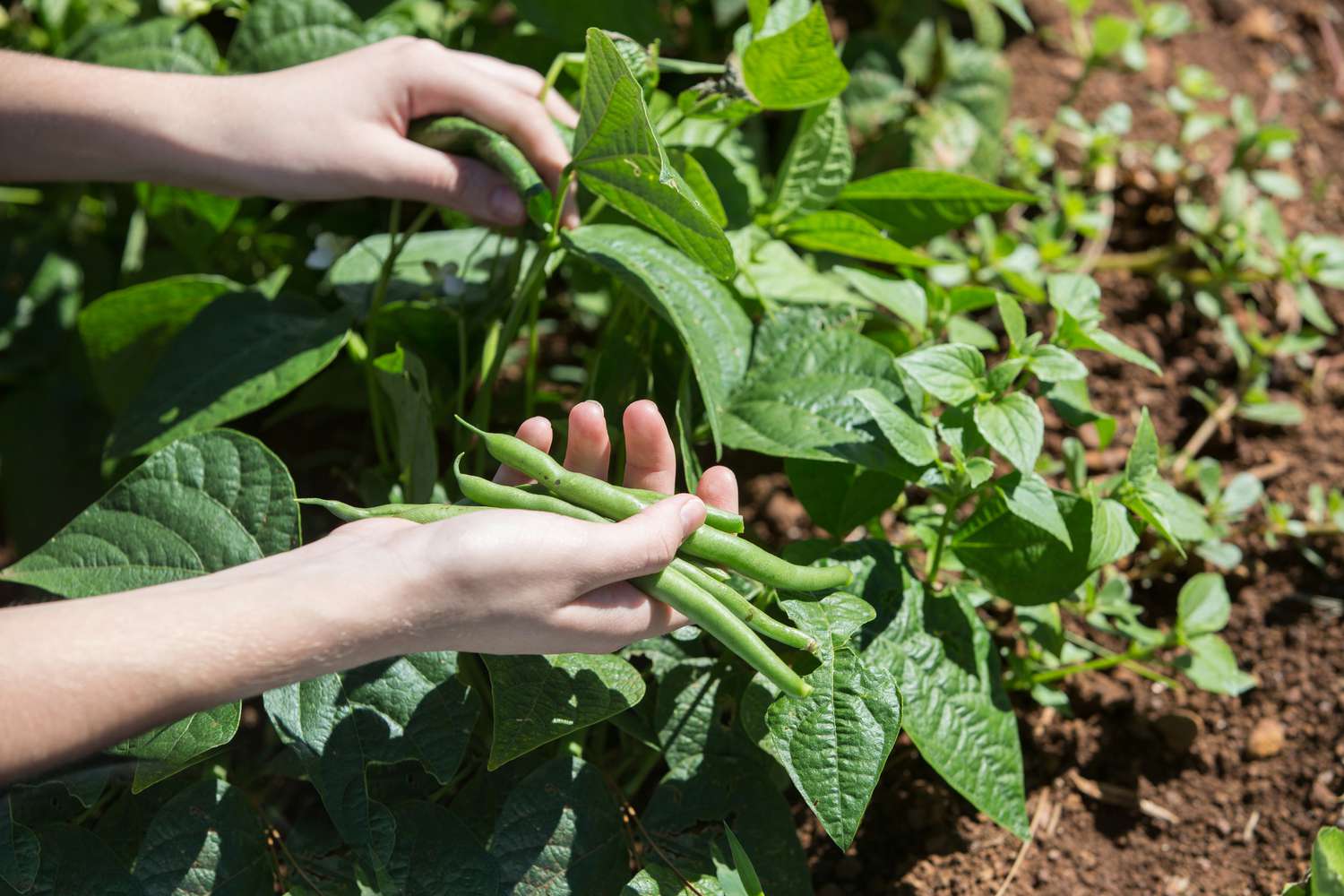
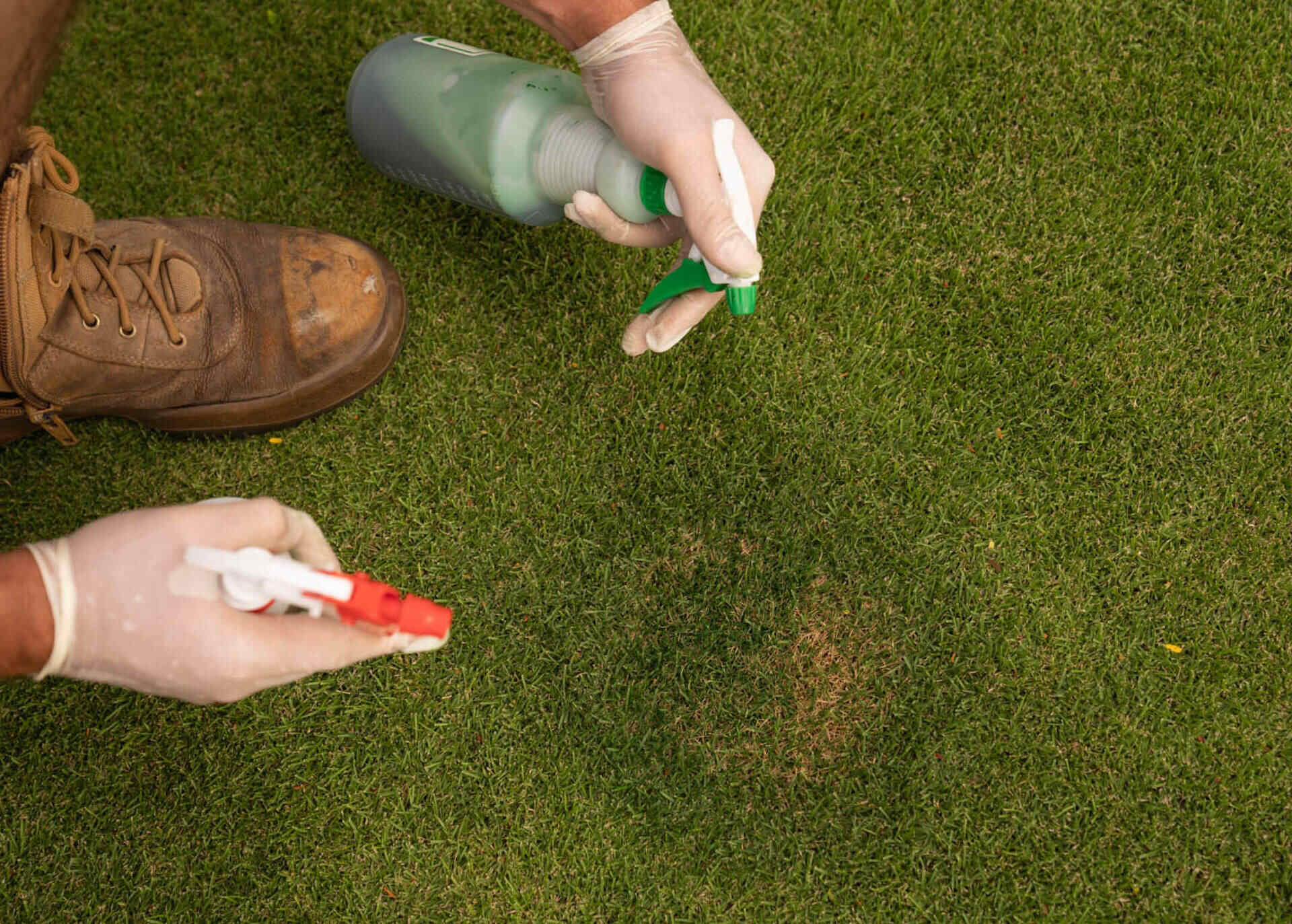
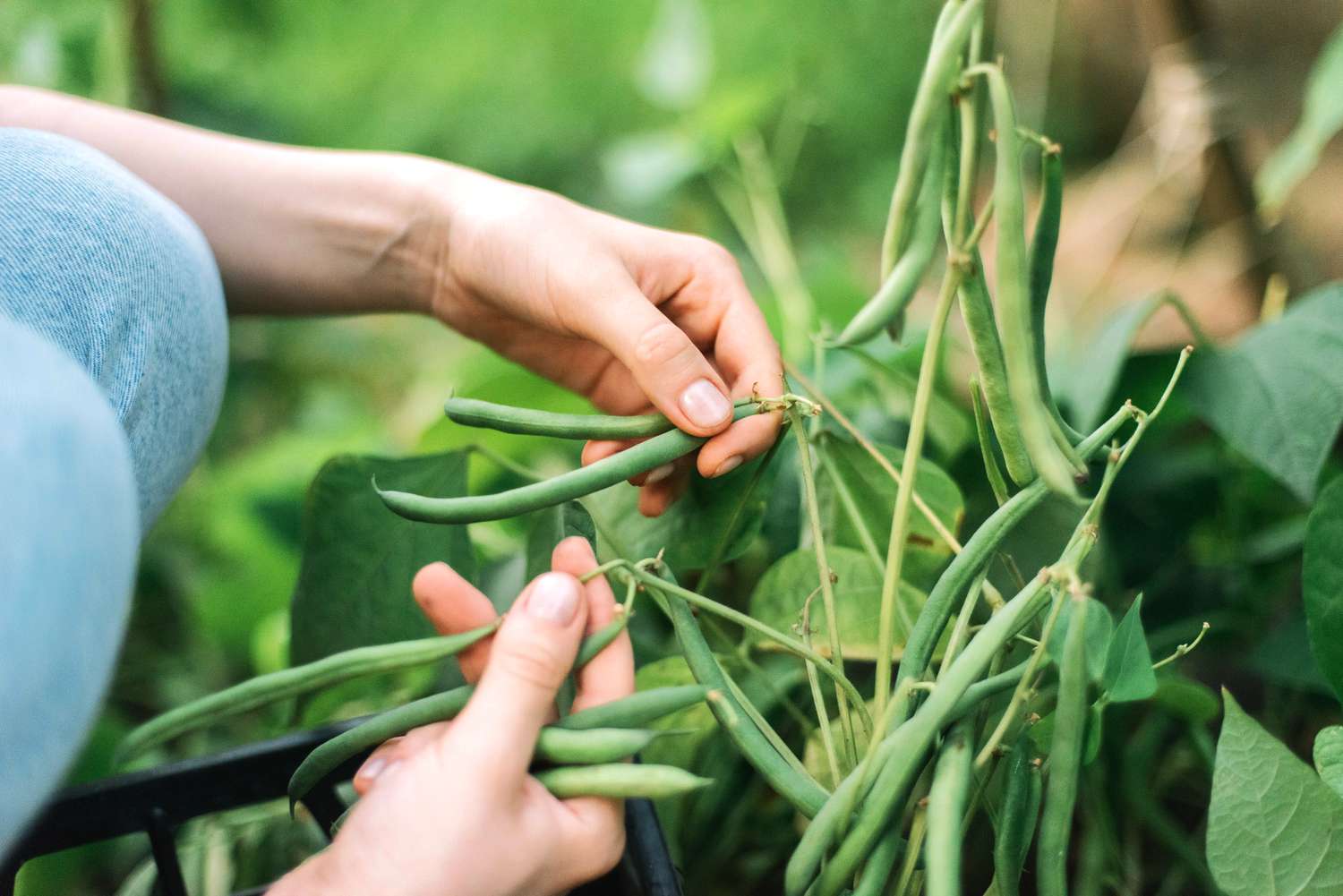
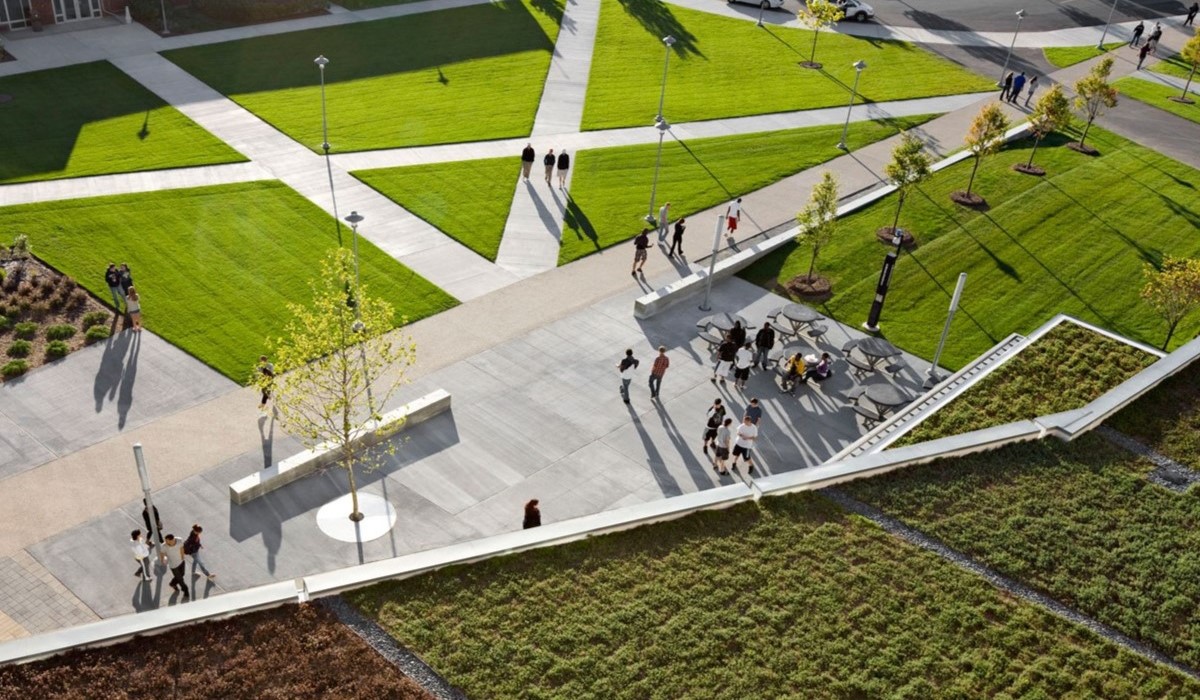
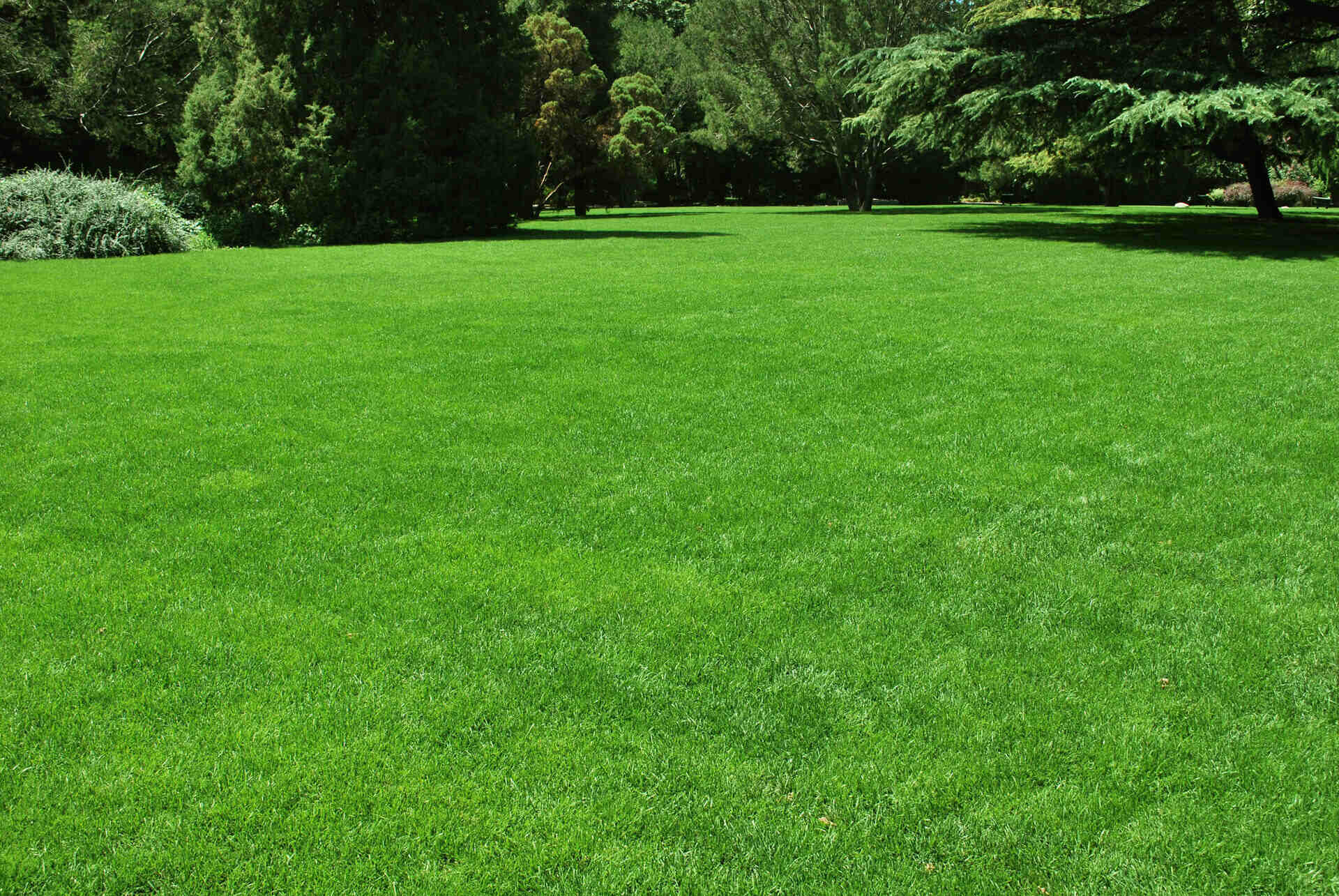
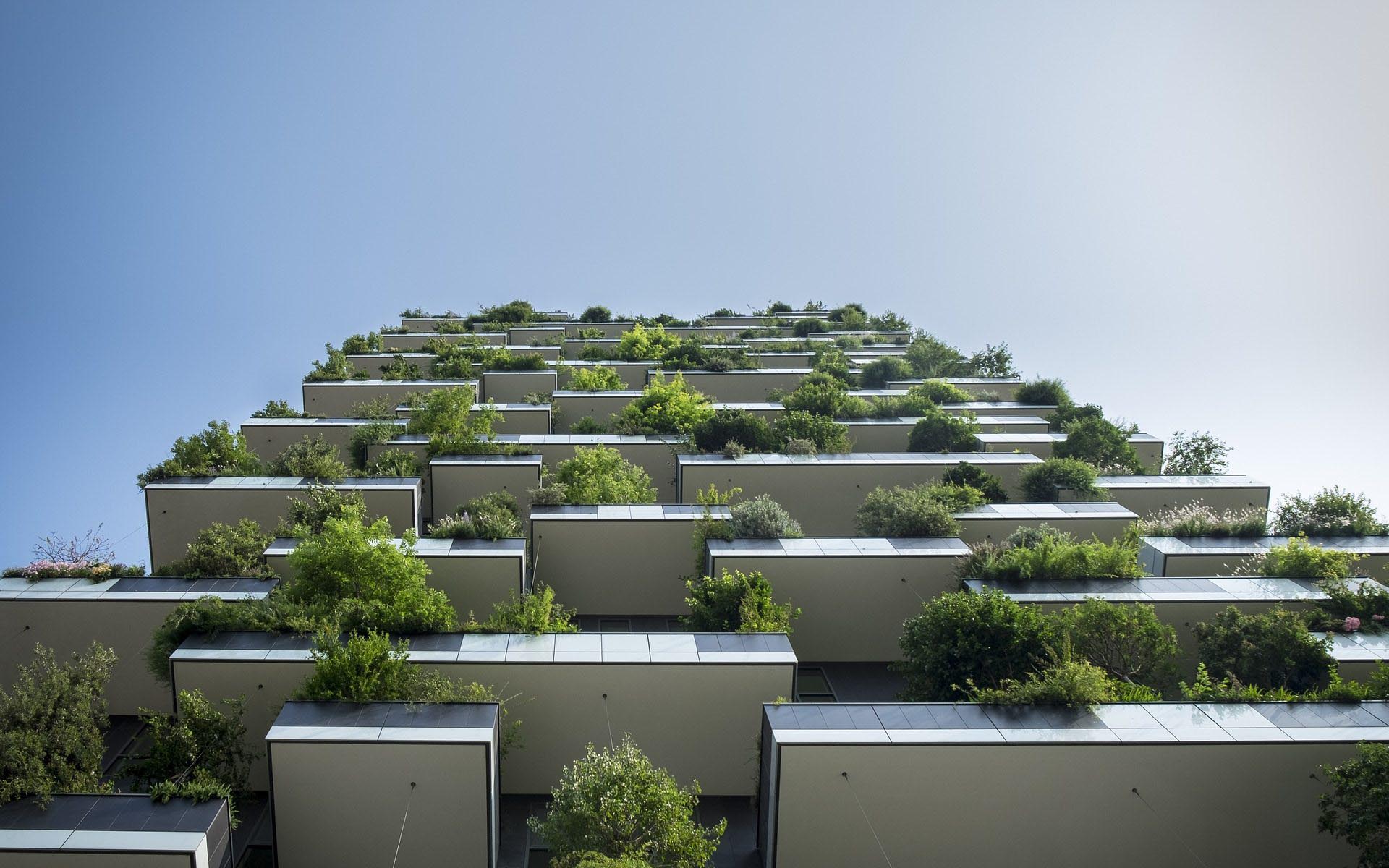

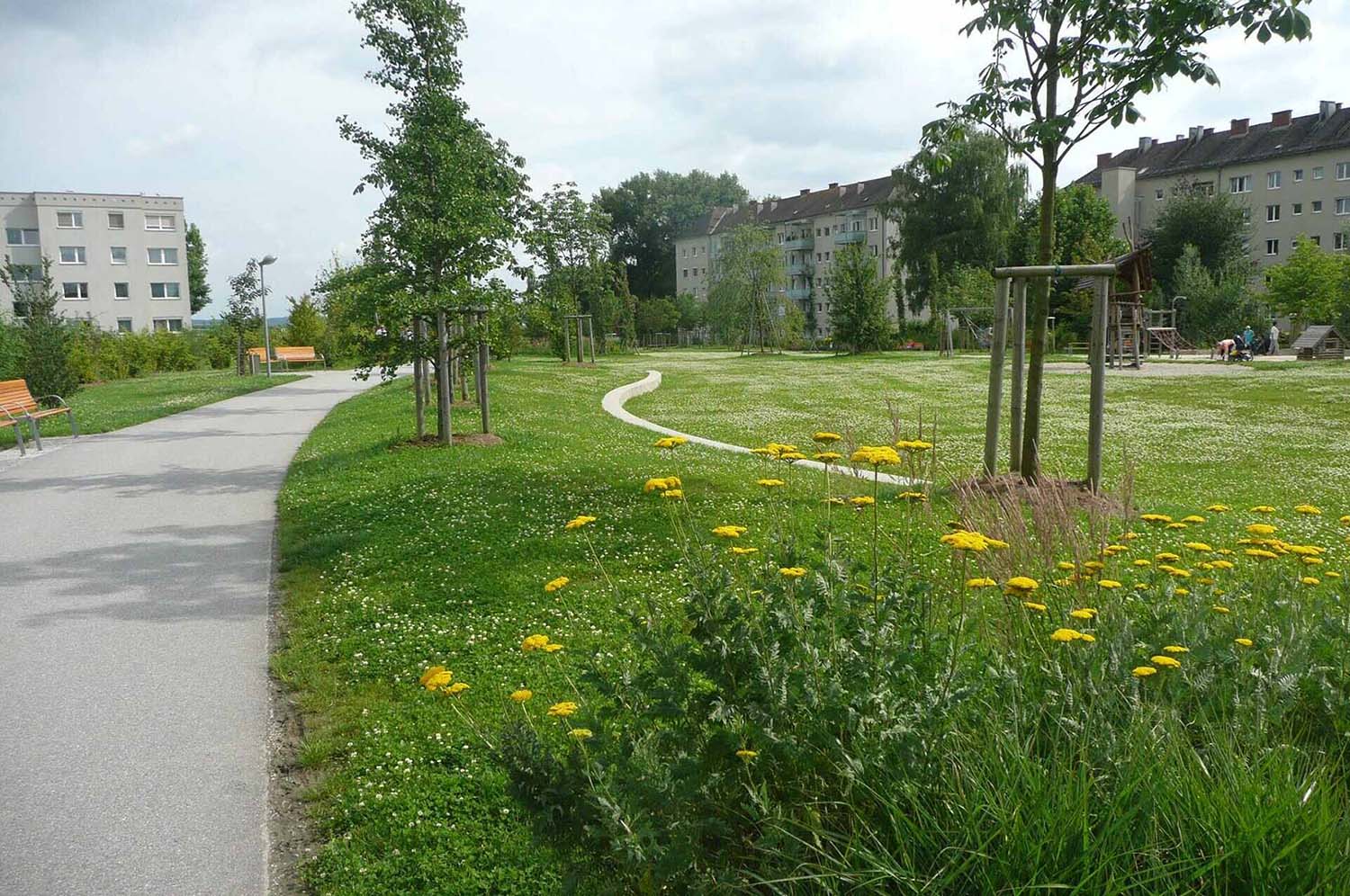
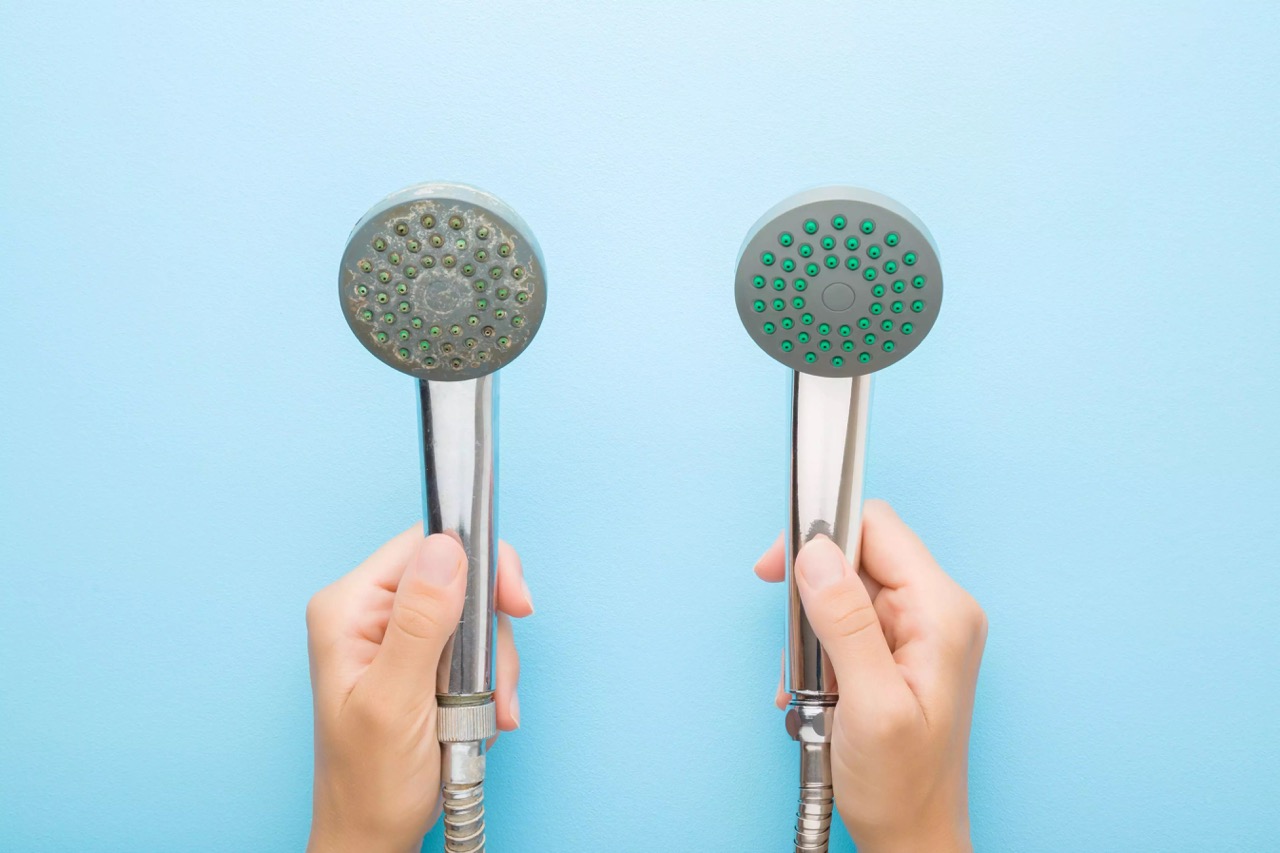
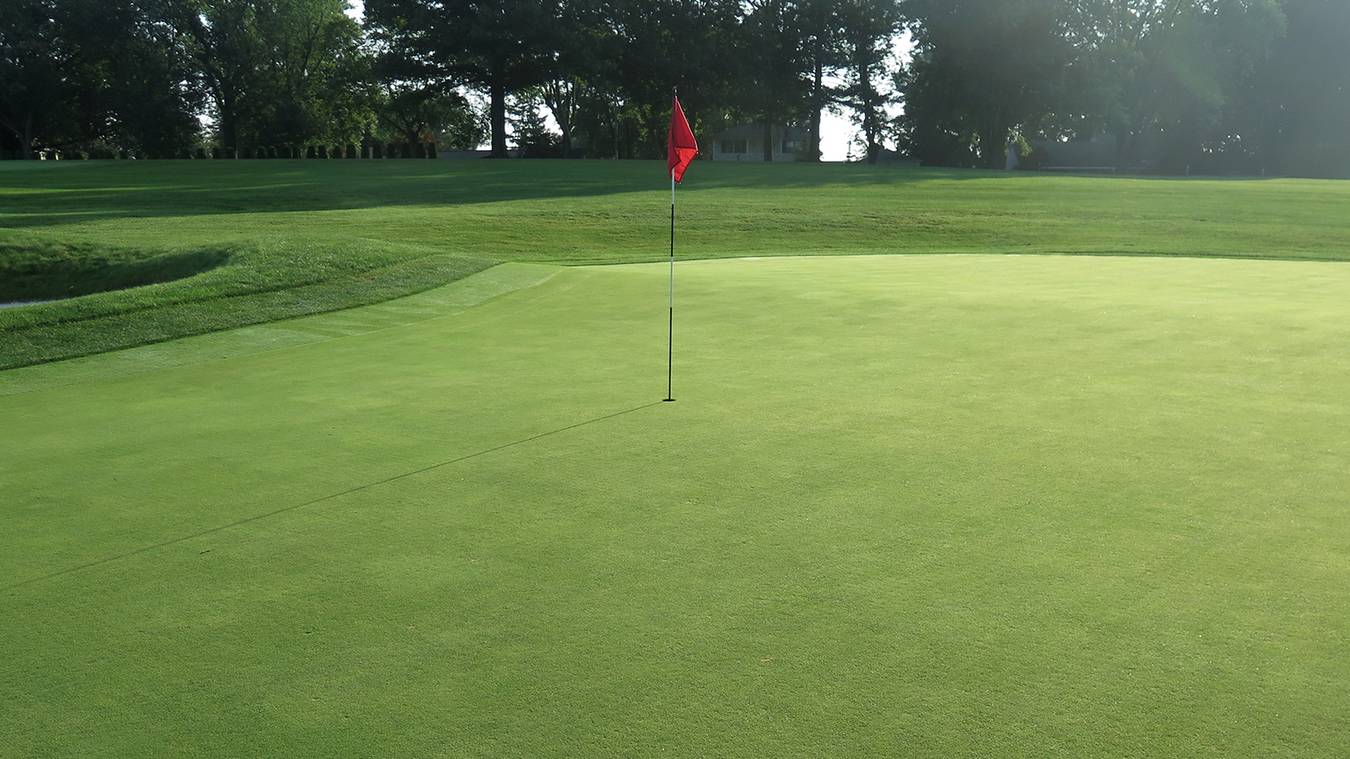
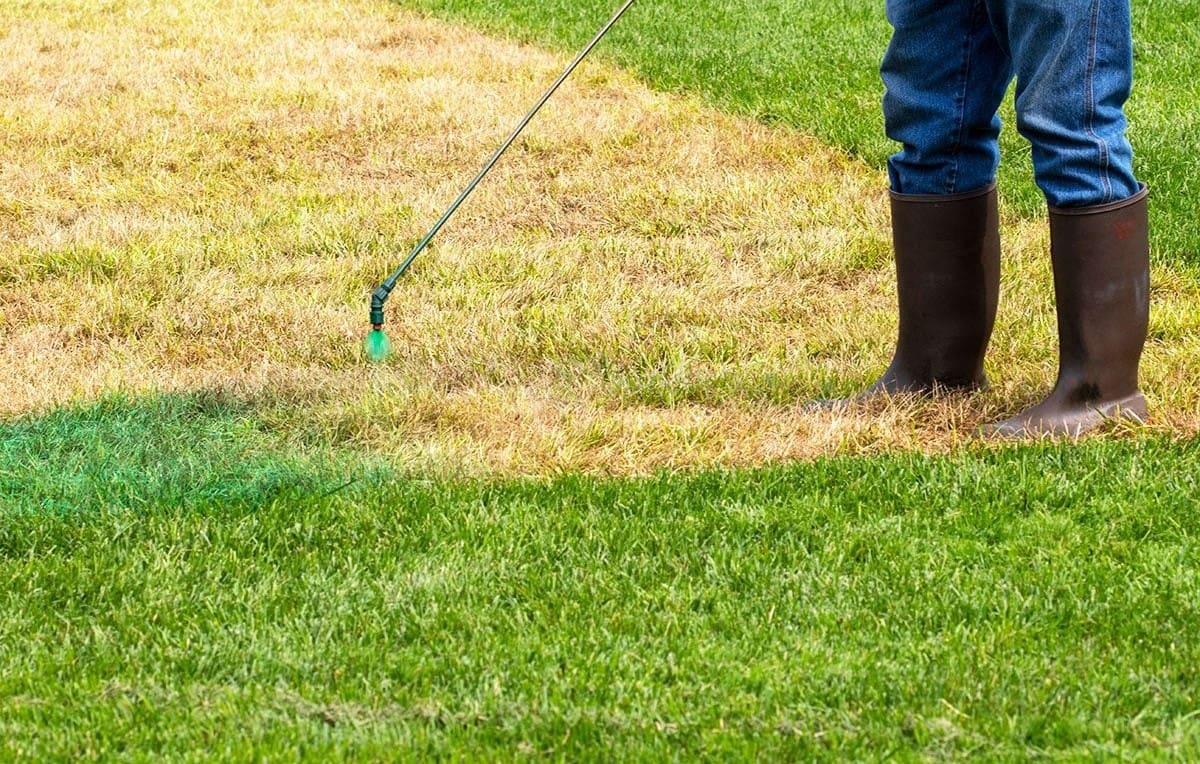
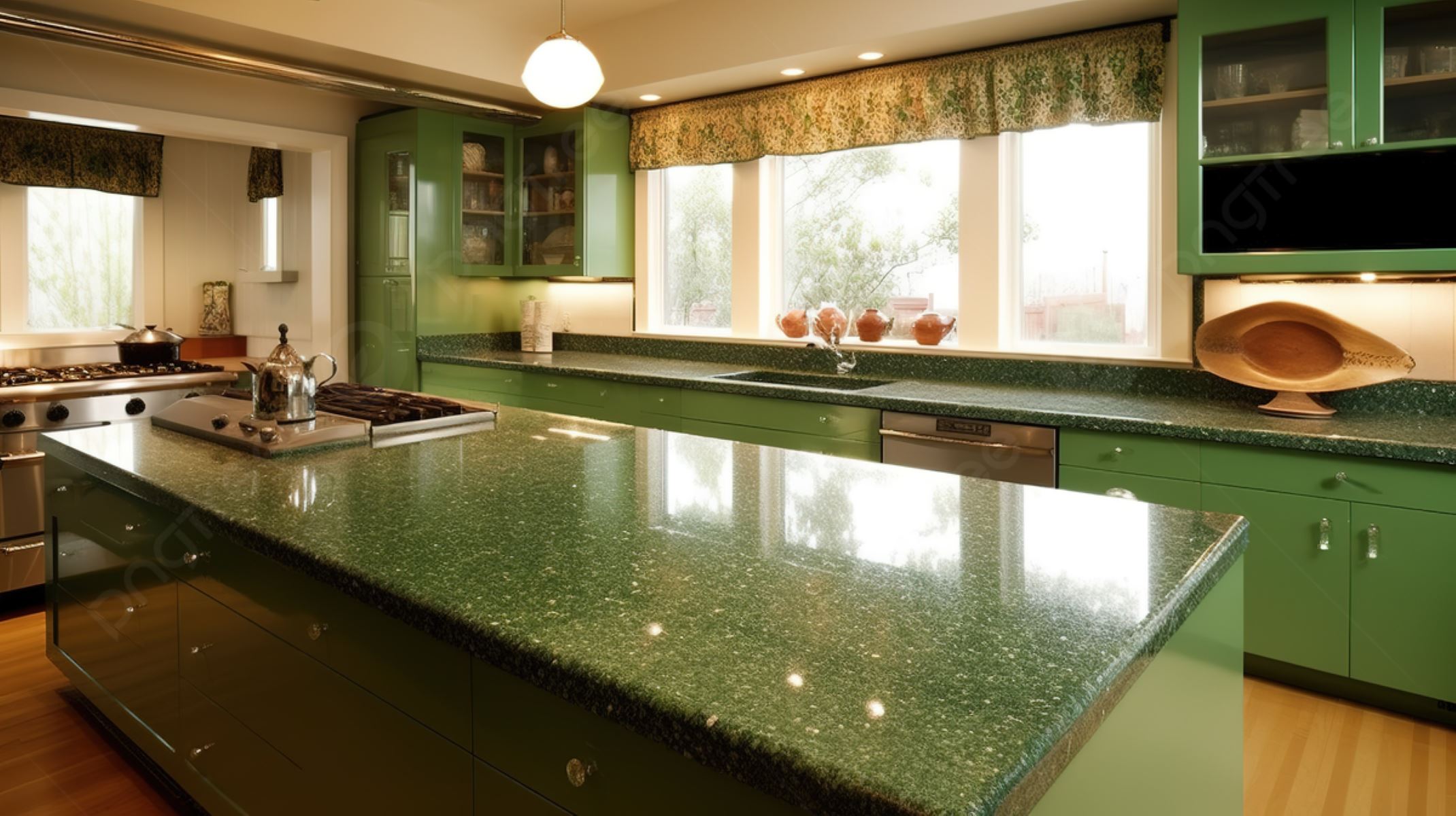
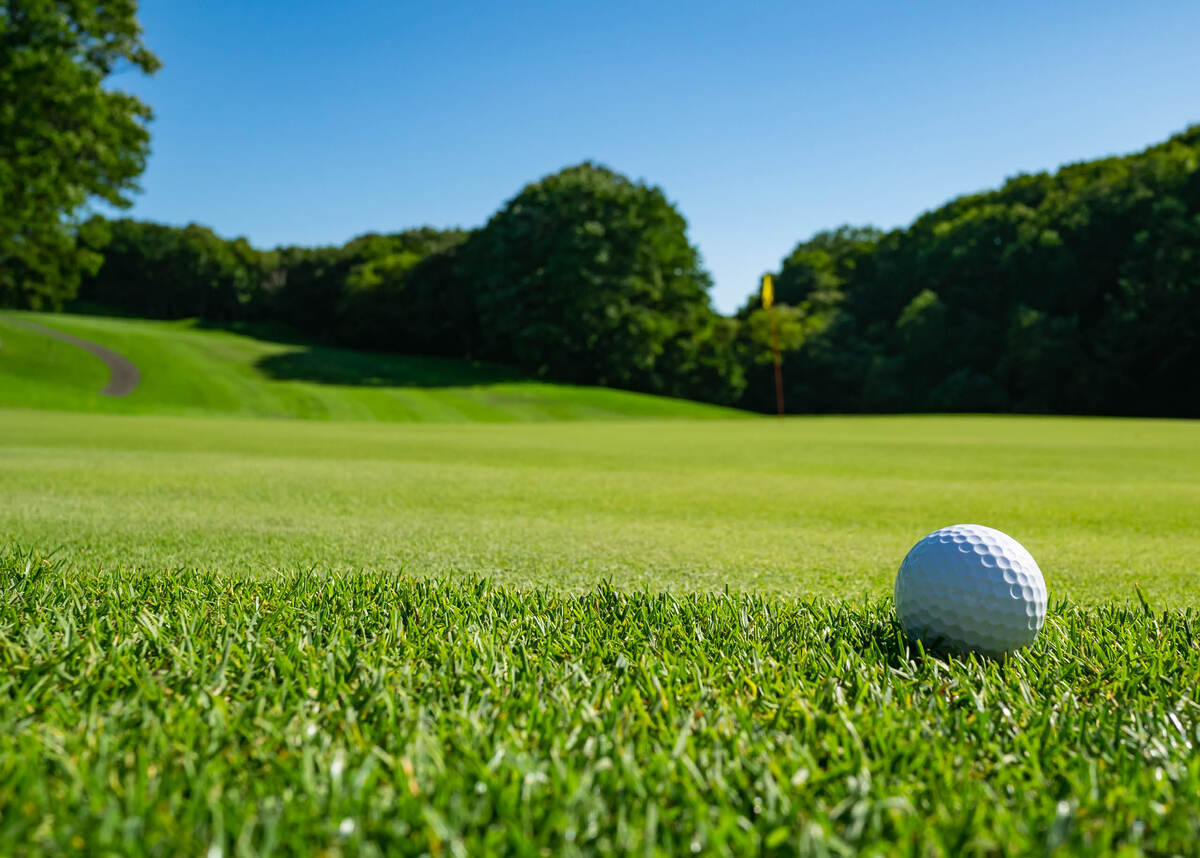
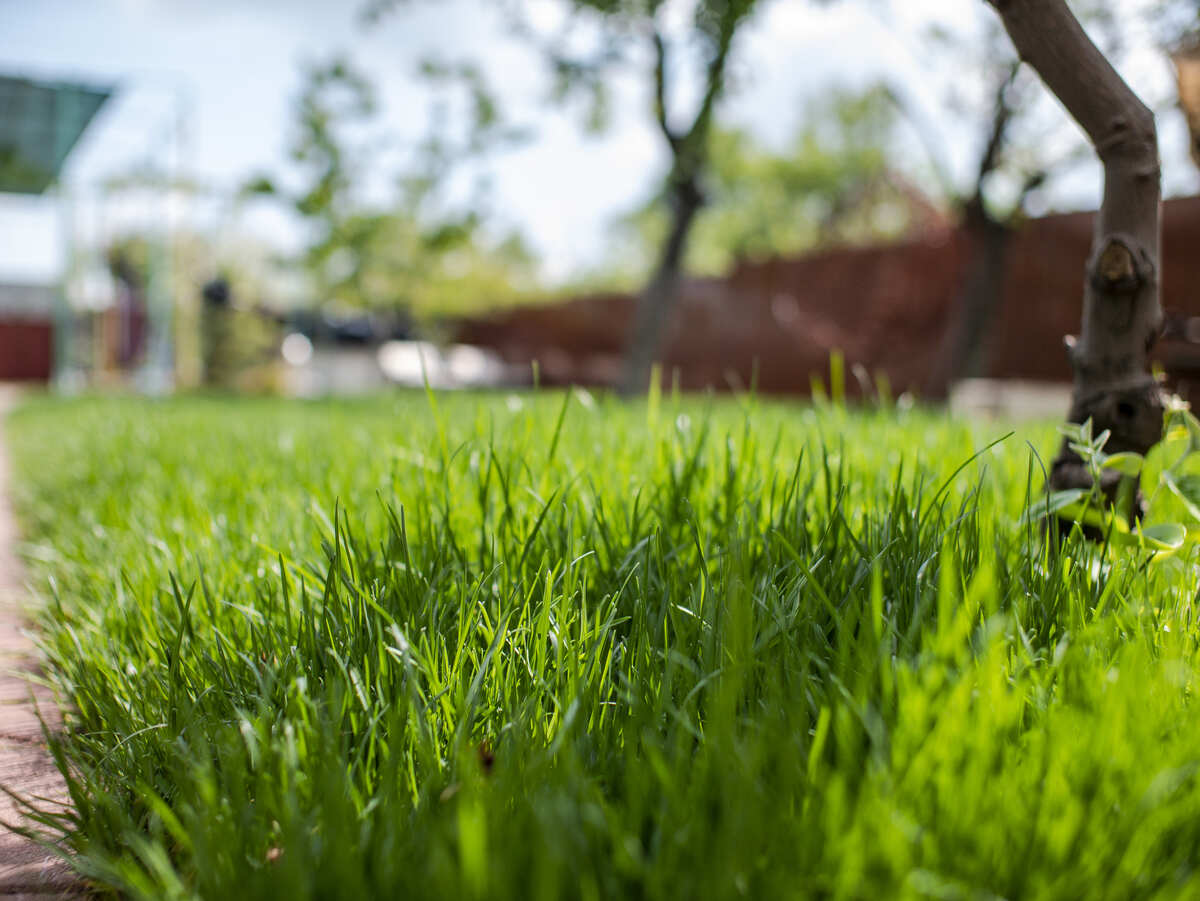

0 thoughts on “What Is The Status Of Green Space In Beirut”